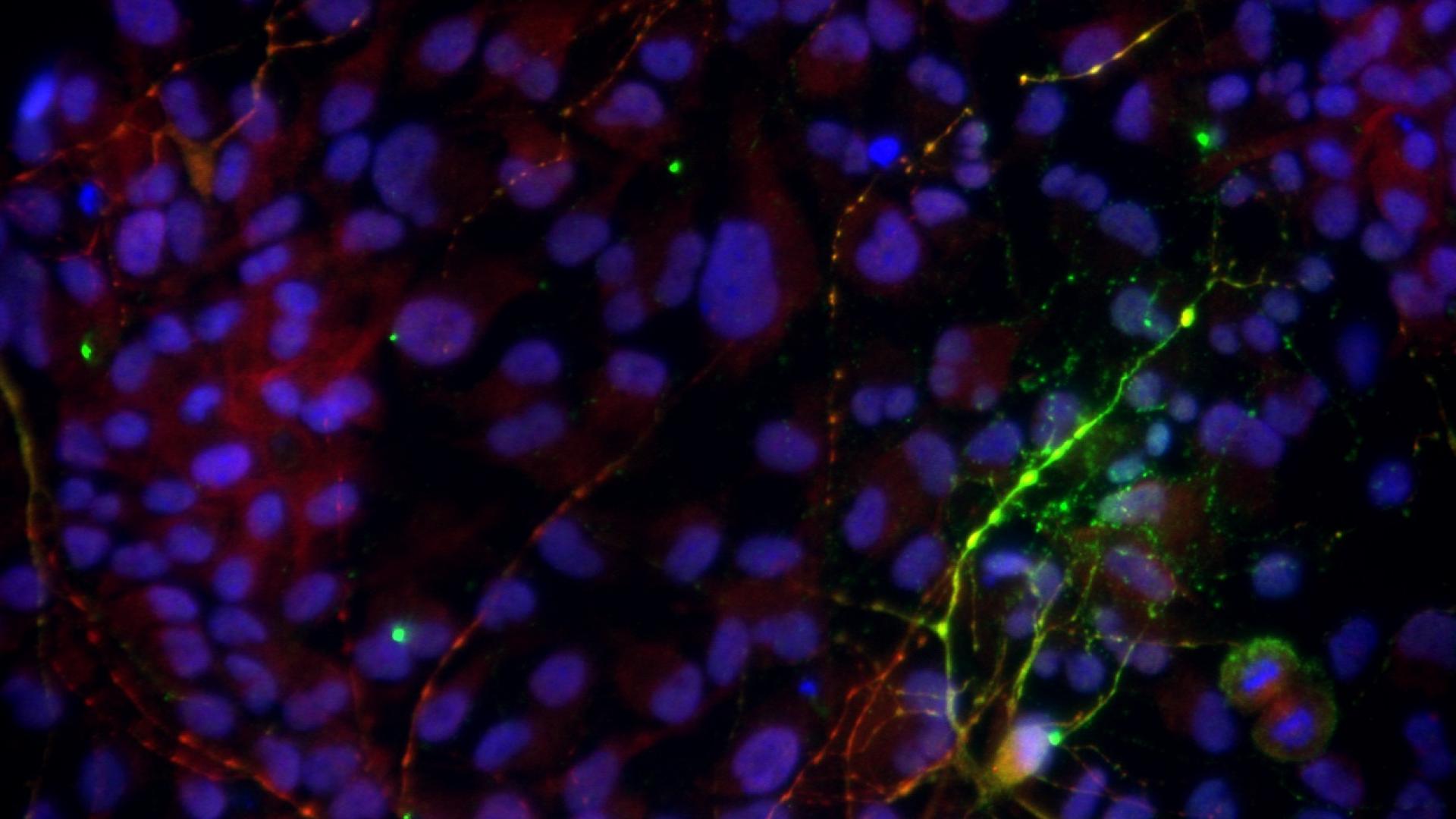Finding Novel Splicing Factors and RNA-binding Proteins that Alter Tau

About the Research Project
Program
Award Type
Postdoctoral Fellowship
Award Amount
$100,000
Active Dates
July 01, 2017 - June 30, 2019
Grant ID
A2017144F
Mentor(s)
Alison Goate, DPhil, Icahn School of Medicine at Mount Sinai
Goals
Alzheimer’s disease (AD) is part of a larger group of diseases that cause a protein known as “tau” to accumulate abnormally in the brain. Normally, in the healthy brain, tau fulfills several functions critical for neuron health, and to carry out those assignments, it has the ability to change its length and features through a process known as splicing. However, tau can also undergo detrimental changes that cause it to mistakenly include the wrong features, including to become misshapen and devolve into neurofibrillary tangles that destabilize neurons. This transformation leads to a class of neurodegenerative diseases known as “tauopathies.” There are six different versions of tau protein in the human brain, and it is thought that an imbalance of the different versions result in their abnormal accumulation and subsequent development of a tauopathy. This project aims to discover what genes are responsible for regulating the different versions of tau so that we may better understand how and why an imbalance occurs, and what we could do to fix it.
Summary
The main goal of our project is to identify and characterize which genes are responsible for regulating tau splicing, so that we may better understand how imbalances occur, and how we could prevent it.
To achieve this, we will first aim to replicate our preliminary analysis, which correlated the expression of all known splicing-associated genes with the different versions of tau in the brain, in a second, independent gene expression data set. This will give us a panel of candidate genes of interest that may be involved in tau splicing. We will also further analyze these data to more fully characterize tau splicing between different tau haplotypes and regions of the brain. Following this, we aim to validate the effect of our candidate splicing genes on tau splicing in cell models, in order to support our hypothesis that the expression of these genes can indeed alter tau splicing and are not just correlated with it. Finally, we aim to confirm the molecular associations between our candidate genes and tau. This will be achieved by determining whether they localize to the same region of the cell in human brain tissues, and whether they can directly bind to each other.
This project is a unique investigation into tau splicing; an unbiased approach to identifying splicing-associated genes that alter tau has never been conducted before. We anticipate that this will uncover many novel associations and genes that have not been previously considered. The main proportion of our analysis is to be conducted on human brain tissues, which enhances the clinical relevance of our work. Our main strength is the integration of multiple techniques and approaches within this project; we are using computational and ‘big data’ methods to initially identify our genes of interest, which we will then validate in cell culture, and will finally fully characterize back in human brain tissues.
Following the completion of this project, we will have a much more thorough understanding of the regulation of tau splicing in the brain. This is hugely beneficial to the research field, as we can use this knowledge to make better, more accurate cell models in which we can research the disease ‘in a dish.’ The wider implication of this project is that it will also provide multiple new targets of interest that may aid in the development of new therapeutics and treatments by allowing us to directly influence the imbalance of tau splicing that is present in many tauopathies.
Related Grants
Alzheimer's Disease Research
Regulatory Mechanisms Underlying Endosomal Targeting of SORL1
Active Dates
January 01, 2025 - December 31, 2026

Principal Investigator
Olav Andersen, PhD
Current Organization
Max Delbrück Center for Molecular Medicine
Alzheimer's Disease Research
The Role of DYRK1A in Altered Microglia Biology in a Cellular Model of Alzheimer’s Disease in Down Syndrome
Active Dates
January 01, 2025 - December 31, 2027

Principal Investigator
Frances Wiseman, PhD
Current Organization
University College London (UK)
Alzheimer's Disease Research
Synergistic Effects of Biological Sex and Sleep Loss in an AD Mouse Model
Active Dates
January 01, 2025 - December 31, 2026
Principal Investigator
Mallar Chakravarty, PhD
Current Organization
Douglas Research Centre




